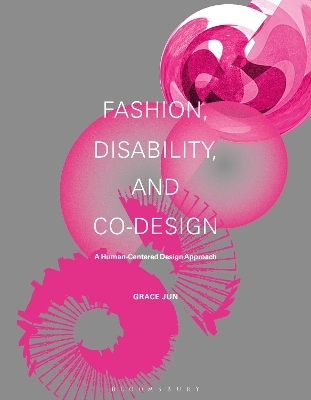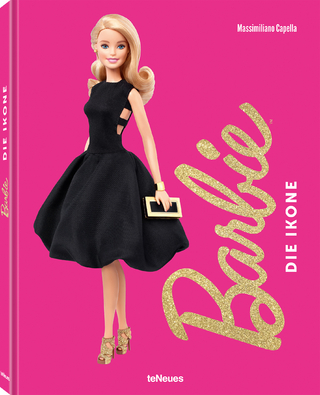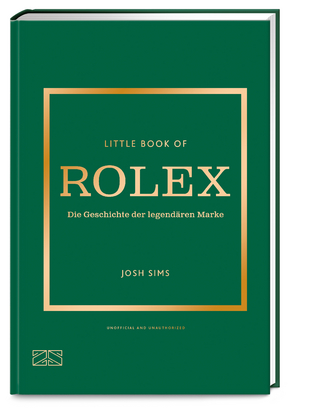
Fashion, Disability, and Co-design
Bloomsbury Visual Arts (Verlag)
978-1-350-29954-2 (ISBN)
Fashion, Disability, and Co-design shows how collaborative, inclusive design techniques can produce garments and accessories that increase social inclusion. Grace Jun outlines practical techniques to help designers create their own inclusive collections, with detailed examples from interviews with professionals. 14 illustrated case studies show how engagement with disability communities to co-design clothing and accessories can lead to functional, wearable
solutions for people of all abilities without compromising style.
Interviews:
- Inclusive Representation in Fashion Narrative & Design Process – Christina Mallon
- Understanding the Use of Materials – Angela Domsitz Jabara
- Human Factors and Occupational Therapy – Michael Tranquilli
- Interactive Garments and Textiles – Jeanne Tan
Grace Jun is Assistant Professor of Graphic Design at the University of Georgia (UGA), USA, researching interdisciplinary design processes inclusive of disability, such as accessible interaction design and adaptive wearables. She is also a board member of Open Style Lab (OSL), a Smithsonian National award-winning nonprofit organization that aims to make style accessible for all people regardless of cognitive or physical disabilities. An inventor of two US design patents, Grace frequently serves on juries and committees that advance the arts & design.
Preface
Foreword: Sara Hendren, Associate Professor of Arts, Humanities and Design at the Olin College of Engineering
1. Introduction
The Value of Collaboration in Fashion Design
Adaptive Fashion
- Characteristics of Adaptive Fashion Designs
- Dressing Situations in Adaptive Fashion
- Dressing for Social Integration
- Dressing for Independent Living
- Dressing for Interdependent Living
- Dressing Aids and Assistive Tools
2. Theories, Models, and Methodologies behind Adaptive Fashion
Accessible Features in Existing Fashion Designs
Principles
Inclusive Design
Fashion Design
Processes, Models, and Methods
Process
- Co-design
Models
- Function, Environment, & Aesthetics (FEA)
- The Model of Human Occupation (MOHO)
- The Human, Activity & Assistive Technology Model (HAAT)
- Social Model of Disability
Method
- User-centered Design (UCD)
- Human Factors
3. Adaptive Fashion Design Approaches & Techniques
Adaptive Fashion Framework
- Guideline
- Project Objectives
- Observational Research
- Discussion and Interview Analysis
- Design Requirements
- Iterative Prototyping
- Design Evaluation
Application of Framework
Project Objectives
- Establishing a Common Form of Communication
- Making an Objective
Research
- Observing Dressing Behaviors
- Creating a User Journey Map
- Recognizing Existing Clothing Challenges
- Creating a Spatial Framework for User Range of Motion
Design requirements
- Define the problem
- Design Affordances
Iterative Prototyping
- Materials
- Textile Considerations
- Body Measurements
Techniques
Clothing Closures and Construction Techniques
Alteration Instructions
Conclusion and Design Evaluation
Inquiry Guide
Design Rubric
4. Adaptive Design Case Studies and Interviews
Case Studies
Interview: Inclusive Representation in Fashion Narrative & Design Process – Christina Mallon
Unparalleled
Midi-Rox
The Little Black Bag
Interview: Understanding the Use of Materials – contributor, Angela Domestiz Jabara
Trans-Skirt
Qxgo
Swipe
Interview: Human factors and Occupational Therapy – Michael Tranquelli
Just-In-Jacket
Ease
Modiste
Revolve
Interview: Interactive Garments and Textiles – Dr. Jeanne Tan
Versa Vest
Heating Mask
LIULID
Warmed Bomber
5. Conclusion
Increasing Visibility
Scaling Adaptive Fashion
Afterword: Steven Faerm, Associate Professor of Fashion at Parsons School of Design, The New School.
Acknowledgements
Resources
Annotations
Index
| Erscheinungsdatum | 17.05.2024 |
|---|---|
| Zusatzinfo | 200 color illus |
| Verlagsort | London |
| Sprache | englisch |
| Maße | 210 x 270 mm |
| Themenwelt | Kunst / Musik / Theater ► Design / Innenarchitektur / Mode |
| Sozialwissenschaften | |
| Technik | |
| ISBN-10 | 1-350-29954-5 / 1350299545 |
| ISBN-13 | 978-1-350-29954-2 / 9781350299542 |
| Zustand | Neuware |
| Haben Sie eine Frage zum Produkt? |
aus dem Bereich


